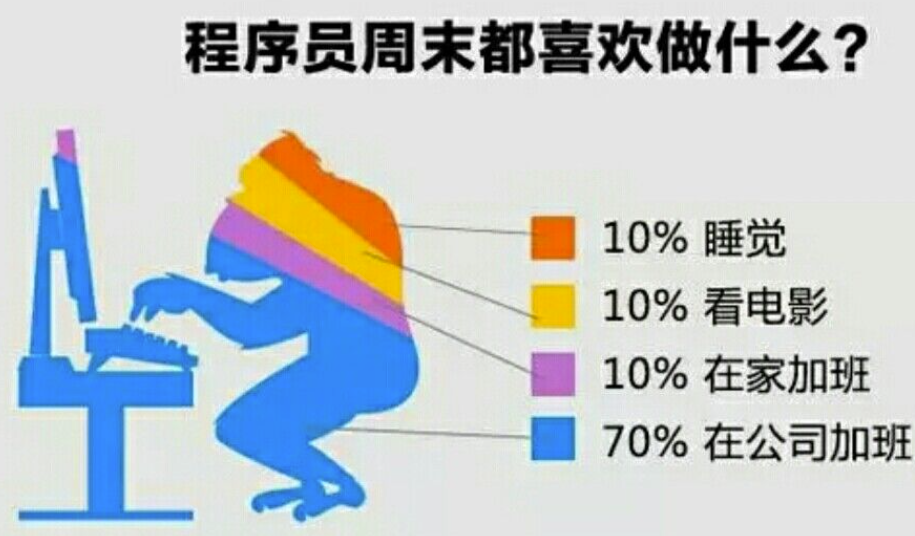To check whether the 1905 AP-Autoconfiguration Renew message is from the Multi-AP Controller (MAP) with which it previously on-boarded, follow these general steps:
Understand the Message Structure: Familiarize yourself with the structure of the 1905 autoconfiguration messages. Specifically, look for fields that indicate the sender’s identity, such as a MAC address or a unique identifier associated with the MAP.
Identify Previous On-boarding Information: When an Access Point (AP) initially onboards with a MAP, it typically stores information about that controller, including its MAC address and possibly other identifiers.
Capture Network Traffic: Use a packet capture tool (e.g., Wireshark) to monitor traffic on the network where your APs and MAPs are communicating.
Filter for Autoconfiguration Messages: Set up filters in your packet capture tool to focus specifically on 1905 autoconfiguration messages. This might involve filtering by protocol or specific message types related to autoconfiguration.
Analyze the Renew Message:
- Check the source MAC address of the received Renew message.
- Compare this source MAC address against the MAC address of the MAP that was originally used during onboarding.
Verification Logic:
- If the MAC address matches, you can confirm that the Renew message is indeed from the same Multi-AP Controller.
- If it does not match, further investigation may be required to understand why a different controller is attempting to communicate with your AP.
Review Logs: Check logs on both your AP and MAP if available. They may provide additional context regarding previous connections and configurations.
Testing Conditions: Ensure that there are no network anomalies such as broadcast storms or rogue devices that could interfere with proper identification.
This process should help you verify whether an incoming 1905 AP-Autoconfiguration Renew message comes from the correct Multi-AP Controller that had initially onboarded it.
内容由零声教学AI助手提供,问题来源于学员提问





















